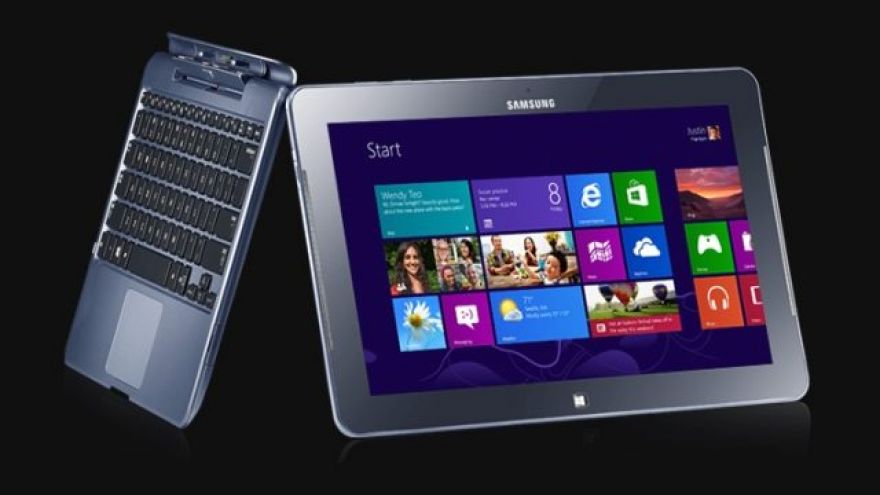
Microsoft Throws in the Towel on UWP, Elevates Win32
Years ago — back before the launch of Windows 8 — Microsoft announced that going forward, app development would be driven by fundamentally different rules and capabilities than what had been the case before. Applications distributed via the Windows Store would be written to new standards, with new rules about what data they could access and which languages were supported. Older Win32 apps would still run, but they were ultimately intended to be replaced by an entirely new suite of applications written under new design rules, and distributed through the Windows Store.
Pretty much none of this actually happened.
This… didn’t work.
“You’ve told us that you would like us to continue to decouple many parts of the Universal Windows Platform so that you can adopt them incrementally,” Microsoft corporate vice president Kevin Gallo this week, in a developer-centric blog post. “Allowing you to use our platform and tools to meet you where your customers are going – empowering you to deliver rich, intelligent experiences that put people at the center.”
In an interview with longtime Microsoft beat writer Mary Jo Foley, Gallo on this idea. “By the time we are done, everything will just be called ‘Windows apps,'” Gallo told her. “We’re not quite there yet.” But the ultimate idea is to make “every platform feature available to every developer.”
One wonders what Gallo thinks Windows applications used to be called.
Microsoft’s tortured attempts to find a cohesive development strategy (or even a single name for its development strategy) are a perfect illustration of the problems it has had convincing consumers to use UWP applications. What Microsoft is essentially doing is announcing the unwinding of the entire UWP attempt to shove people into the Windows Store. In the future, Win32 applications will have access to the same suite of features that were reserved for UWP. Win32, UWP, and Windows Presentation Foundation will all have equal status as far as the company is concerned. And while the Store will continue to be used to distribute UWP applications, according to Gallo, it’ll just be another channel for doing so.
Foley concludes that Microsoft may be considering testing and certifying applications without attempting to control the distribution channel, which sounds a bit like the WHQL certification process. Regardless, the idea that consumers would shift their application acquisition behavior just because Microsoft wanted it was a poor idea that ought to never have been implemented in the first place. It’s good to see the company catching up to the place its customers never left.
Now Read: